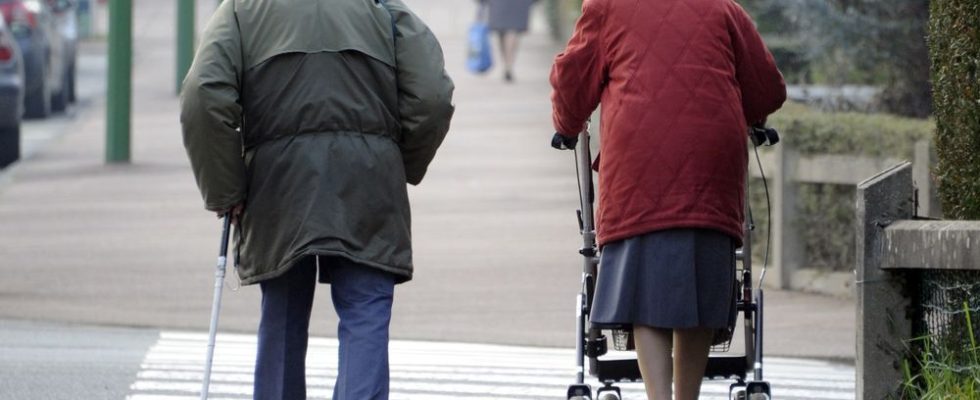The promise will not be kept. The pension reform adopted with forceps in April after months of popular and parliamentary opposition will not bring the system back to financial balance in 2030, according to the Pensions Orientation Council (COR). The latter, on the contrary, predicts a “sustainable” return to deficits from next year, according to a report which will be officially presented on Thursday, June 22.
With the decline of the legal age from 62 to 64, the object of all the anger, it had to reset the counters to zero and the system to balance by 2030. But that will not be enough: taken in its together, the forty existing plans “would remain permanently in deficit”. Under the most optimistic scenario, the system could eventually rise above the waterline in 2040 – if only productivity grows by 1.6% per year on average, a ratio that has not been achieved for a long time. The other COR scenarios project that the pension fund will require additional funding of between 0.2% and 1.6% of GDP per year to continue operating until 2070.
What effects for the reform?
The system had experienced an unusual revenue surplus during a short post-covid break: 4.4 billion euros last year, another 3.6 billion expected this year. But the relapse should begin in 2024, and fluctuate until 2030 between 0.2 and 0.3 points of GDP, or between 5 and 8 billion per year. This is still an improvement, compared to the estimate of the previous report which forecast a deficit of 0.4% over the same period. Over the long term, however, the accounts remain in the red in three of the four scenarios studied and would only return to green “after 2045” in the best case.
The law nevertheless has a positive effect: the situation would be worse without the reform, believes the COR. This will limit the increase in the number of retirees – approximately 1.5% fewer retirees in 2030 and 0.8% in 2040, i.e. a drop of 280,000 retirees compared to a scenario without reform – and thus curb pension spending. After a rate of increase of 1.8% in annual expenditure on average over the period 2002-2022, the tempo should slow down and fluctuate between 1.3% and 1.4% on average annually between 2023 and 2030. This could allow the share of GDP devoted to pensions to fall slightly, from 13.7 to 13.5%.
Very different situations depending on the regimes
Within these figures, the situations vary depending on the sector. According to the COR, the future deficits would come first from the system of territorial and hospital agents (CNRACL), which would be in the red and therefore would experience “financing needs over the entire period and in all scenarios”, it is that is to say potentially until 2070. On the social security side, old-age insurance would remain balanced until the beginning of the 2030s, before plunging “continuously into three out of four scenarios”.
The basic schemes for private sector employees and the solidarity fund which finances the minimum old age (the FSV) would be in balance during the 2030s, then their accounts would deteriorate “continuously in three out of four scenarios”. Conversely, the large complementary fund for private sector employees (Agirc-Arrco) would remain in balance from now until 1945. A perpetual kitty subject to caution, because it will be subject to fall of a negotiation between unions and employers.
Changes in pension levels
The report also details the effects of the reform on the pension levels of different generations. “It emerges from these analyzes that the 1966 generation would see its cumulative pension reduced by 1% with the reform. For the 1984 generation, the results appear positive, on the contrary, all the insured persons would be winners over the total duration of retirement (+ 0.9% for the cumulative pension)”, he underlines.
An expected positive effect is nevertheless confirmed. According to the COR “regardless of the generation considered, retirees with the most modest pensions (1st pension quartile) would benefit from the reform (gain of 4.7% for the cumulative pension for the 1966 generation, 12% for the 1984)”. Conversely, for the two generations studied, the 25% highest pensioners would be penalized by the reform” (–1.9% for the 1966 generation and –1.1% for the 1984 generation).
